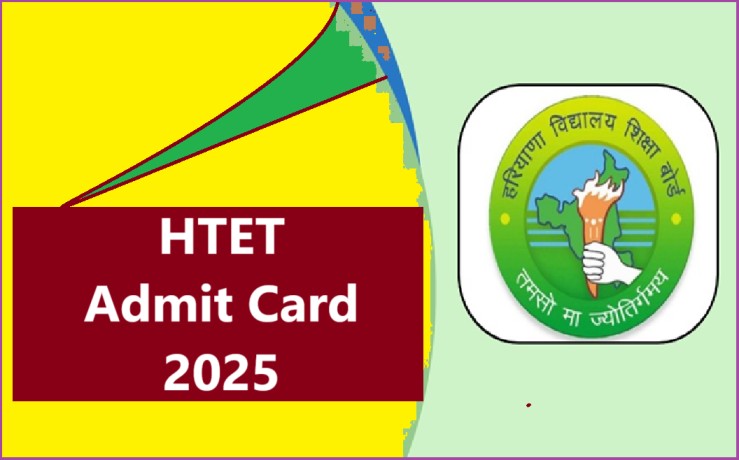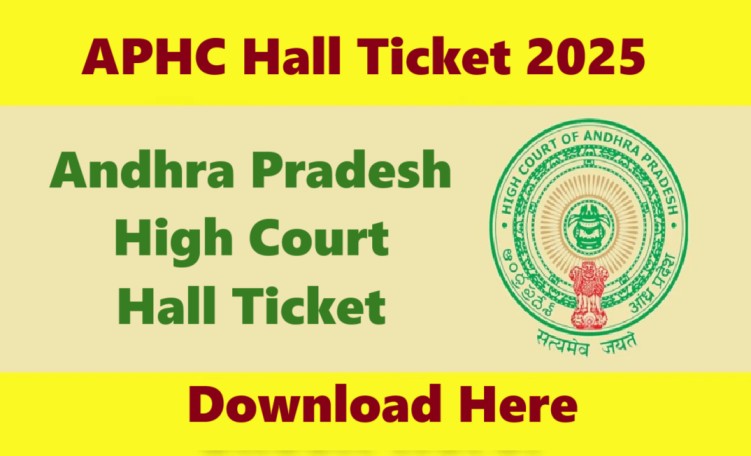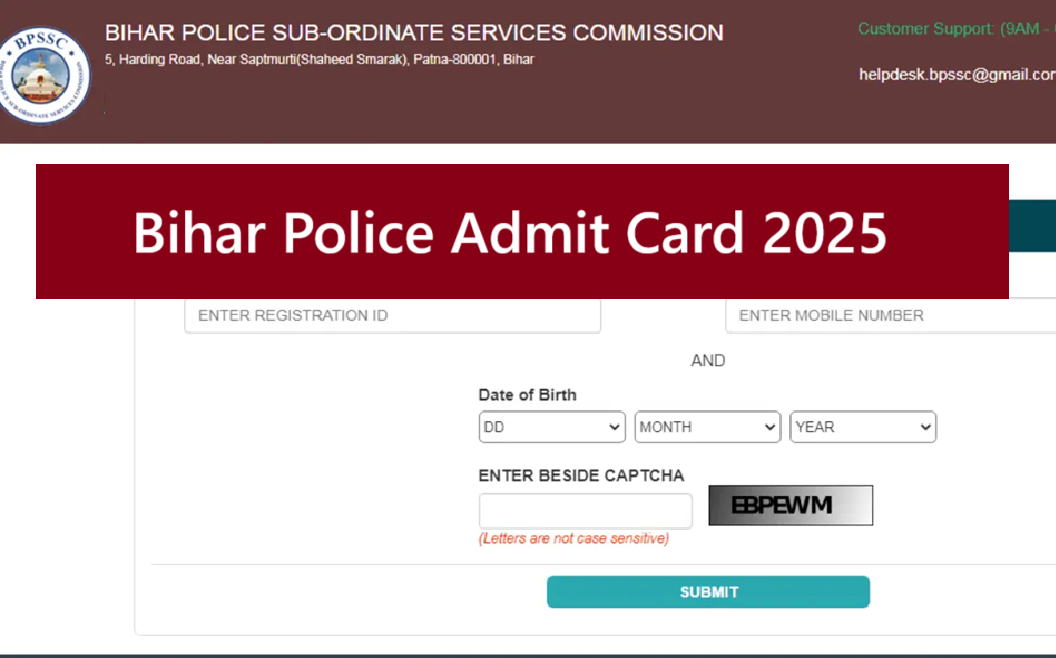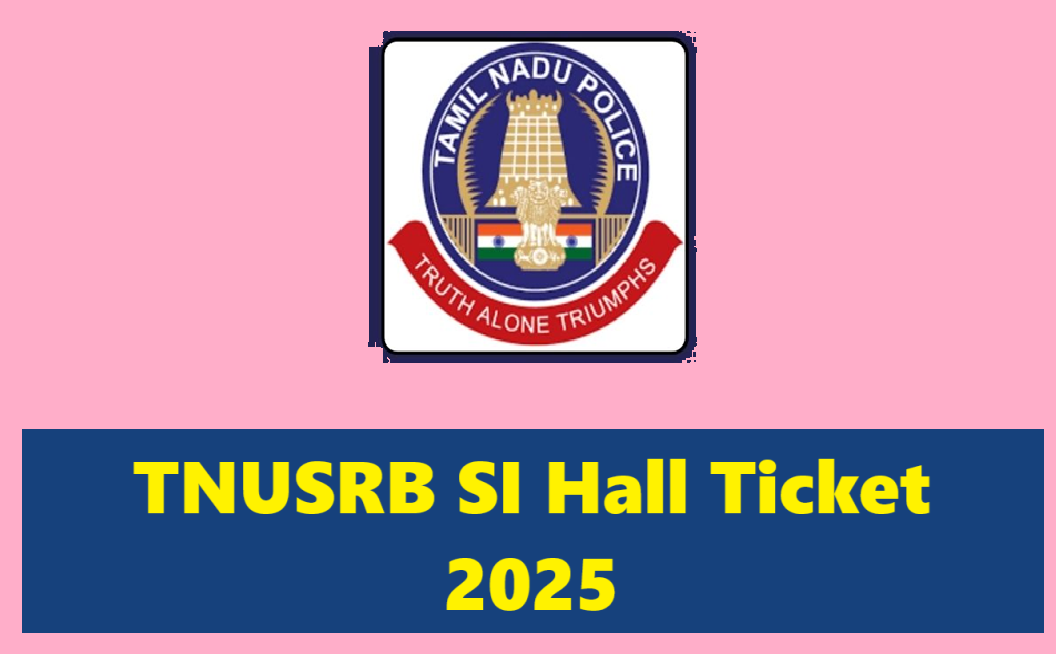$400 Stimulus Check: As inflation continues to strain household budgets, a new round of financial relief is coming—but this time, it’s not from the federal government. Instead, state and local authorities are stepping in with a $400 stimulus check aimed at providing a much-needed boost to those struggling with rising costs. Around 450,000 eligible individuals will receive this one-time payment, which is intended to help cover everyday expenses like rent, groceries, and utility bills.
While this initiative isn’t universal, it’s an important state-level measure to provide relief where it’s most needed. The payment targets low-income households already enrolled in assistance programs, as well as some workers who meet specific income thresholds. In this article, we’ll walk you through the eligibility requirements, when you can expect the payment, and what steps to take to ensure you don’t miss out.
Overview of the $400 Stimulus Check
The $400 stimulus check will be distributed to individuals who are already receiving public assistance or meet certain income requirements. Unlike previous federal stimulus efforts, this is a targeted relief measure from the state level. To ensure you get your check on time, it’s important to double-check your eligibility, update your contact details, and stay on top of local announcements.
| Category | Details |
|---|---|
| Payment Amount | $400 (one-time payment) |
| Target Recipients | 450,000 low-income individuals and families |
| Program Type | State-level initiative (not federal) |
| Eligibility Groups | SNAP, Medicaid, TANF recipients; low-income workers |
| Application Requirement | Varies by state; some may issue payments automatically |
| Direct Deposit Timeline | Late June to Early July 2025 |
| Paper Check Mailing | Mid to Late July 2025 |
| Final Program Closure | August 2025 |
Who Will Receive the $400 Stimulus Check?
This program is aimed at a specific group of low-income individuals. Not everyone will qualify. The payment is primarily for individuals who are:
- Receiving Supplemental Nutrition Assistance Program (SNAP) benefits
- Enrolled in Medicaid or housing support programs
- Beneficiaries of Temporary Assistance for Needy Families (TANF)
- Low-income working families earning below the federal poverty line (or slightly above)
If you aren’t enrolled in these public assistance programs, you may still qualify based on your income. Some states may also include low-income workers in their eligibility criteria, so it’s worth checking with your state’s human services department for more details.
Eligibility Requirements for the $400 Stimulus Payment
Though each state might have slight variations in their criteria, most are using similar standards to determine eligibility. Here are the key factors:
- Income Requirements: Applicants must earn below or near the federal poverty line.
- Residency: Only residents of the issuing state are eligible.
- Enrollment in Public Programs: Automatically qualifies some recipients.
- Tax Information: States may use your latest tax return to confirm eligibility.
- Application or Action Required: In some cases, you may need to apply or update your personal information.
Even if your state is sending automatic payments to those already in public assistance systems, it’s still a good idea to confirm your eligibility and submit any necessary updates.
When Will the $400 Payments Be Issued?
Each state will follow its own timeline for distributing the checks, but here’s an overall schedule:
- Program Announcement: April – May 2025
- Eligibility Verification: May – June 2025
- Direct Deposits: Late June – Early July 2025
- Paper Checks: Mid – Late July 2025
- Program Closure: August 2025
If you’ve already filed your taxes and are enrolled in a qualifying program, you may receive the payment automatically. However, if updates or applications are needed, delays could occur. It’s important to keep an eye on your state’s official announcements for updates.
How Will the $400 Checks Be Delivered?
Much like previous relief programs, the $400 stimulus will be sent out using two main methods:
- Direct Deposit:
- If your bank details are already on file with a public assistance program, your check will be directly deposited into your account. This is the fastest and most secure option, and it typically takes only a few days to process.
- Paper Check:
- If you don’t have direct deposit information on file, you’ll receive a paper check. Make sure your address is up to date to avoid any delays.
If you need to update your personal details, such as banking information or your mailing address, be sure to do so with the appropriate state department to ensure the payment reaches you without issues.
Frequently Asked Questions (FAQs) About the $400 Stimulus
Q1: Is the $400 stimulus payment a federal initiative?
No, this payment is a state-level initiative. It is not part of any nationwide federal program.
Q2: Who qualifies for the $400 stimulus check?
The check is aimed at low-income individuals, particularly those receiving benefits like SNAP, Medicaid, or TANF, or who meet the specific income criteria set by their state.
Q3: Do I need to apply for the payment?
If you’re already receiving public assistance, the payment may come automatically. However, some states might require you to update your records or submit an application, so it’s best to check with your state’s human services department.
Why the $400 Stimulus Matters
While $400 might not seem like much, it can provide a real lifeline for households struggling with rising costs. With prices for food, rent, and utilities continuing to climb, this payment could help cover basic needs or prevent families from falling behind on bills. For many, it’s a crucial support mechanism during a tough time.
By targeting 450,000 of the most vulnerable residents, this program is an example of how state and local governments are stepping in to fill the gaps left by federal relief efforts. It’s a thoughtful, focused response to the financial pressures that many households continue to face.
Final Thoughts: What You Should Do Next
If you think you might be eligible for the $400 stimulus check, here’s what you should do next:
Keep an eye out for communications from your state’s human services or treasury department.
Visit your state’s benefits portal to confirm your eligibility.
Update your personal information, including banking details and mailing address.
Watch for any application forms or notices, if your state requires additional action.





